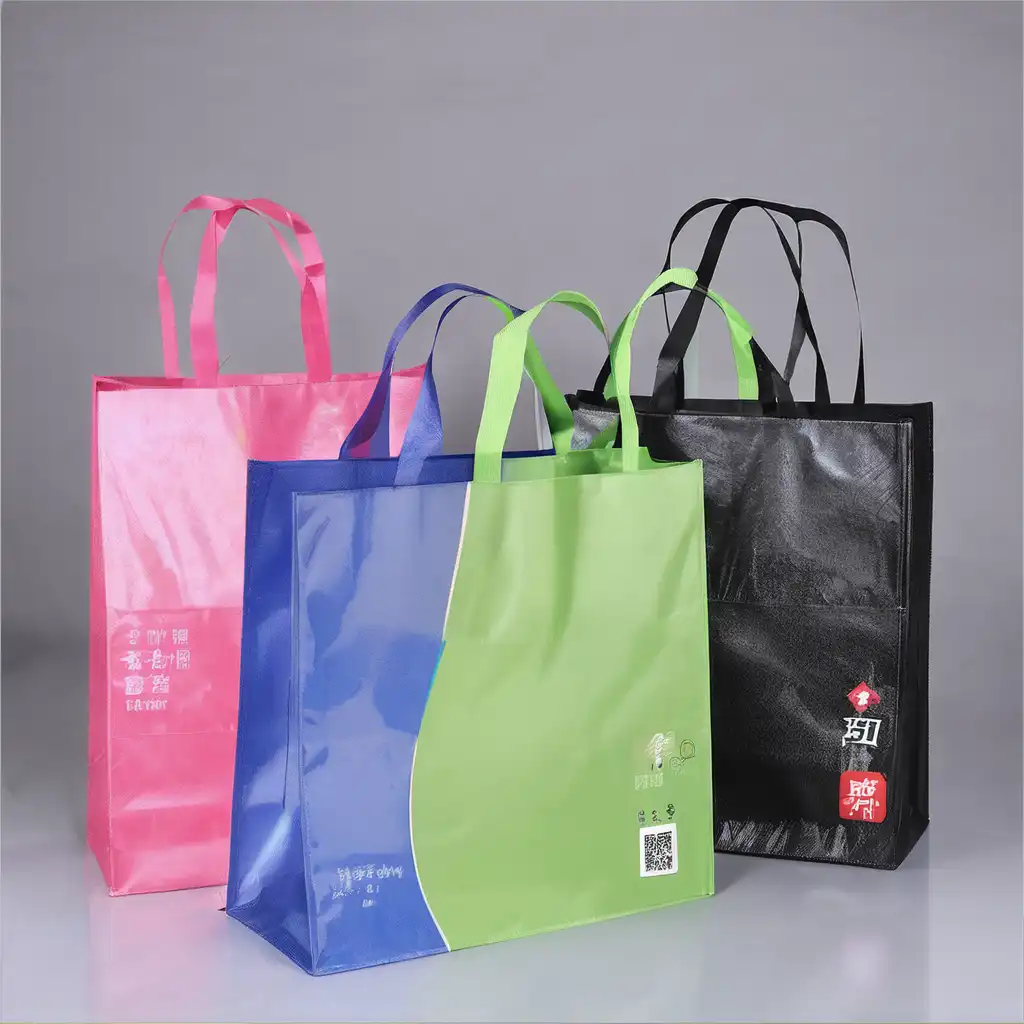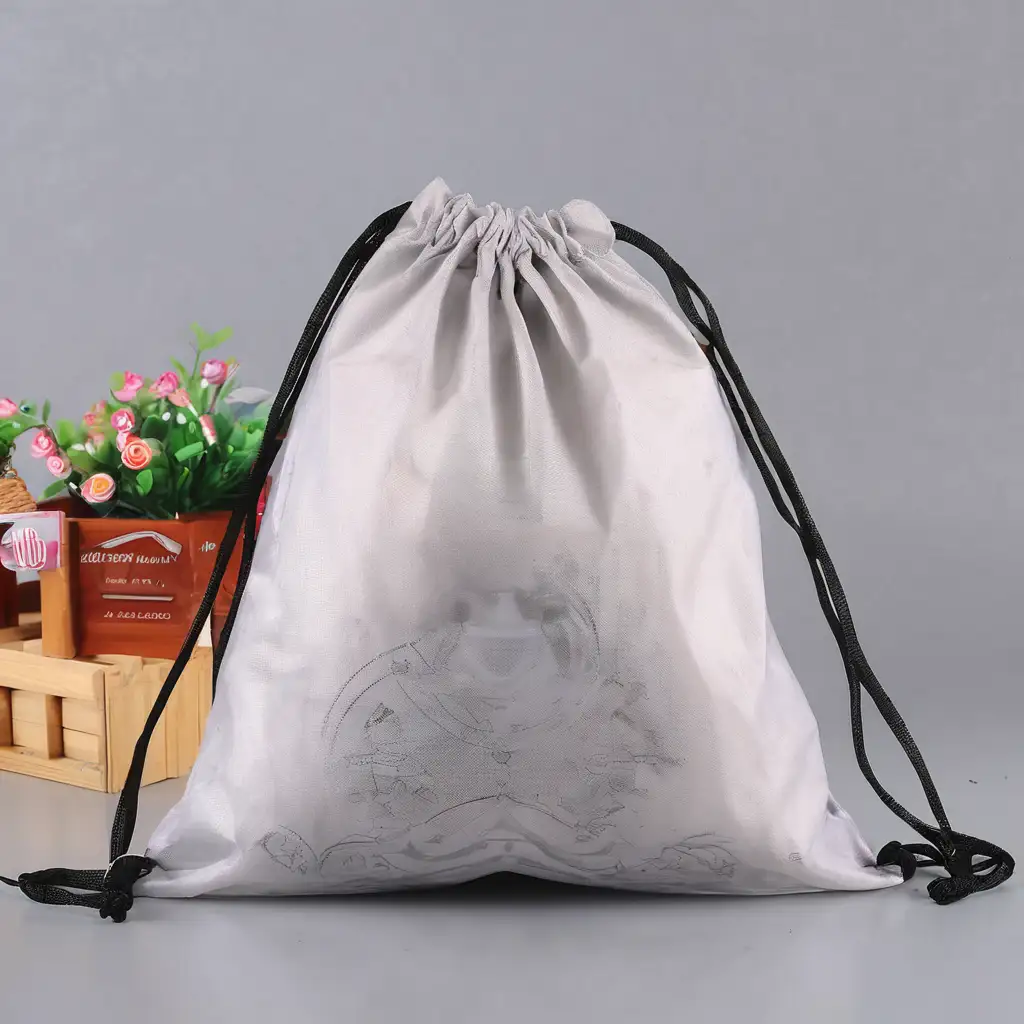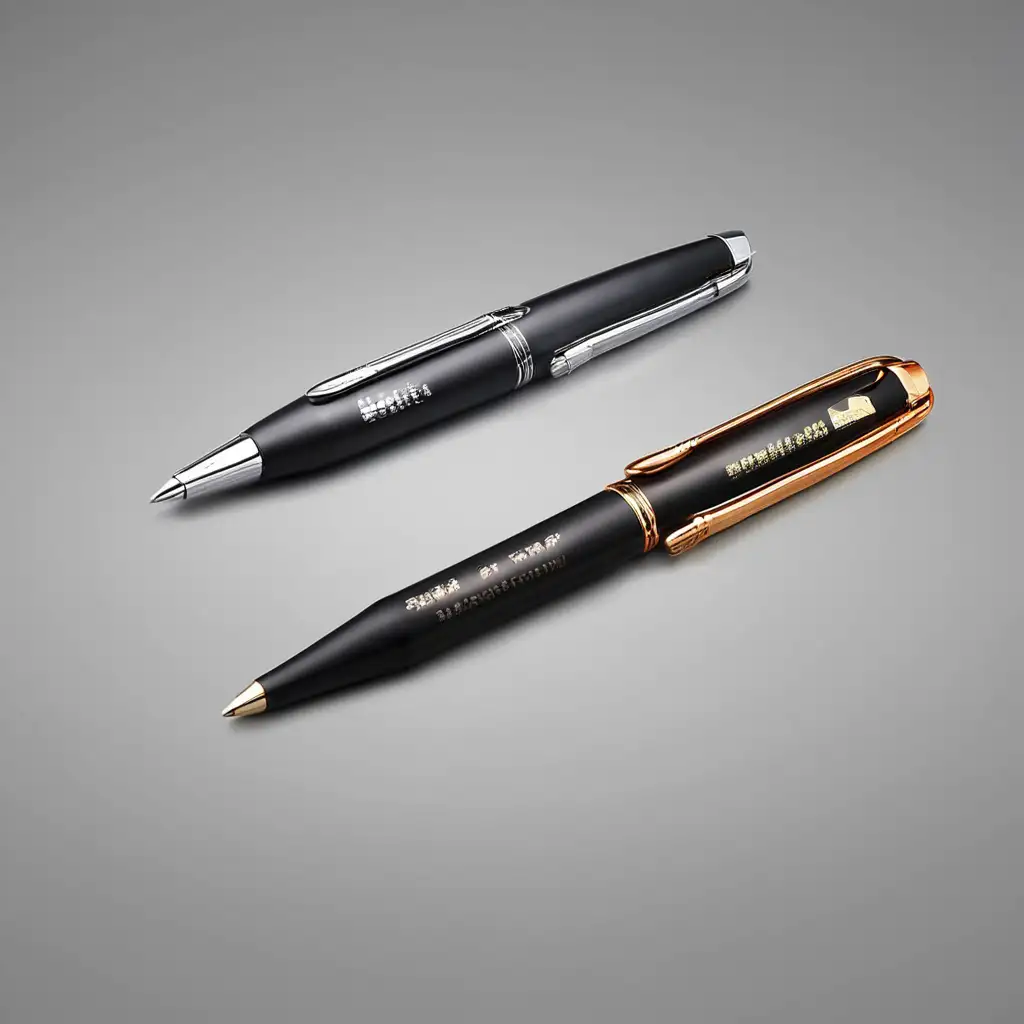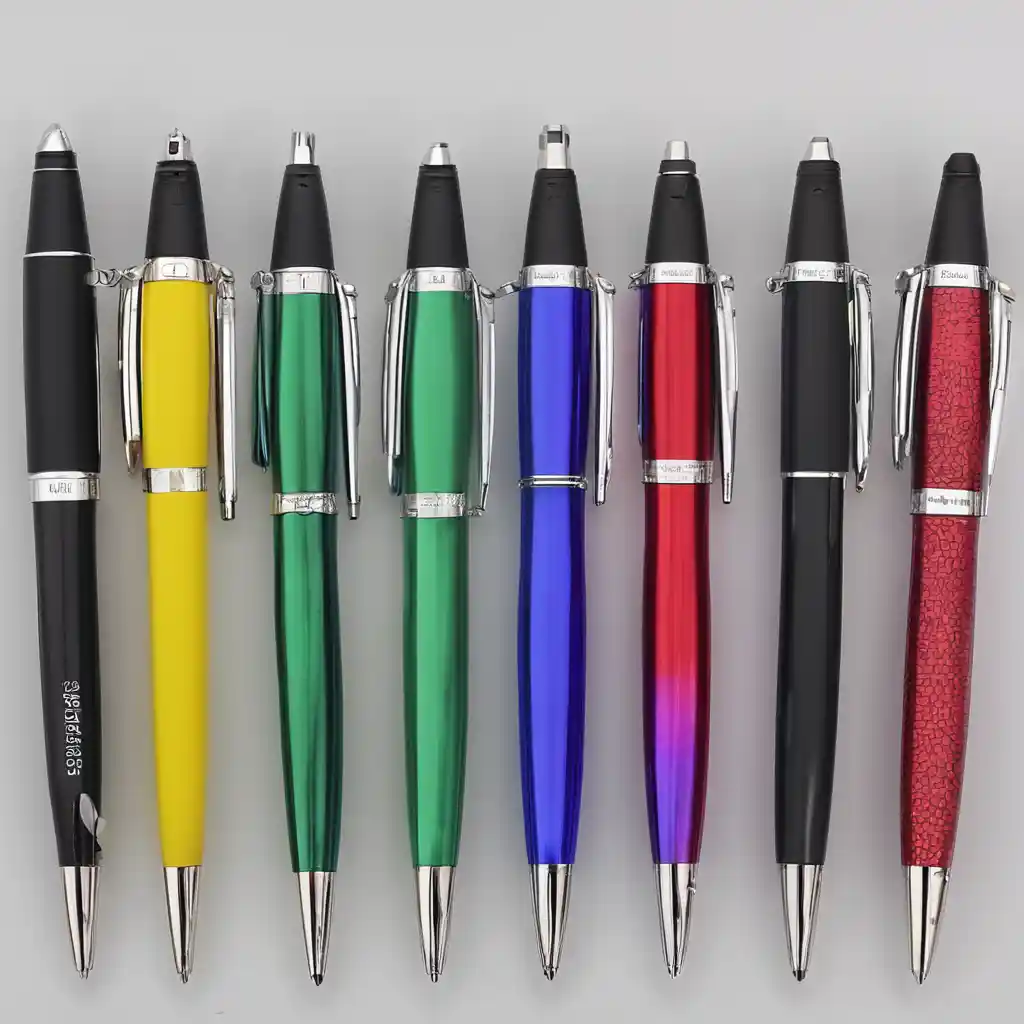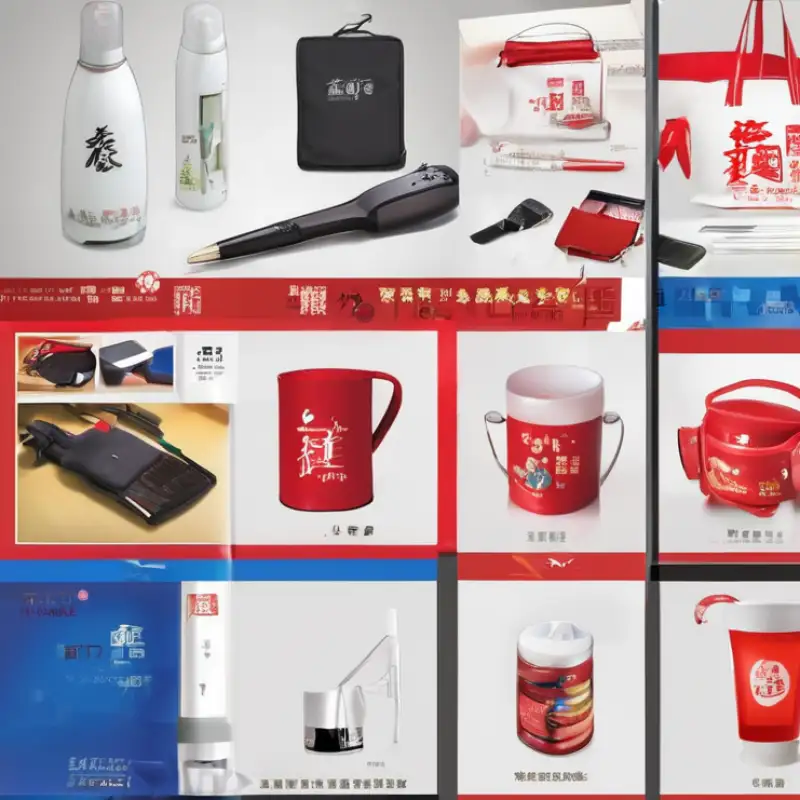In recent years, the global movement toward sustainability has spurred a growing demand for environmentally friendly products across various industries. Among these, laminated non-woven bags have emerged as a popular and versatile alternative to traditional plastic bags. These bags offer a blend of durability, reusability, and eco-consciousness, making them a preferred choice for consumers and businesses alike.
The Composition of Laminated Non-Woven Bags
Laminated non-woven bags are made from polypropylene, a type of plastic that is both lightweight and strong. The non-woven aspect refers to the manufacturing process, where fibers are bonded together without weaving or knitting, resulting in a fabric-like material. This material is then laminated with a thin layer of plastic film, enhancing the bag's strength, water resistance, and overall durability.
The lamination process not only adds to the bag's aesthetic appeal but also increases its functional lifespan. Unlike single-use plastic bags, which are easily torn and discarded after one use, laminated non-woven bags can withstand repeated use, reducing the need for disposable alternatives.
To better understand the benefits of laminated non-woven bags, let's consider a practical example. A standard single-use plastic bag typically has a thickness of around 15-20 microns and can carry up to 5 kilograms of weight. These bags are prone to tearing and are often discarded after one use. In contrast, a laminated non-woven bag has a thickness ranging from 70 to 120 grams per square meter (GSM), depending on its intended use, and can easily carry weights of up to 15-20 kilograms.
For instance, a laminated non-woven grocery bag can be reused up to 100 times or more before showing signs of wear and tear. This durability translates to significant environmental benefits. If a laminated non-woven bag replaces 100 single-use plastic bags, it prevents the use of approximately 600 grams of plastic (assuming 6 grams per plastic bag), which would otherwise contribute to landfill waste or marine pollution.
Moreover, the lamination process adds a protective layer that makes these bags water-resistant and easier to clean, further extending their lifespan. A laminated non-woven bag used for carrying groceries, for example, can withstand accidental spills and moisture without compromising the integrity of the bag, unlike a standard plastic bag that would likely tear or leak in similar situations.
These qualities—thickness, load capacity, reusability, and water resistance—make laminated non-woven bags a more sustainable and practical alternative to traditional plastic bags, reducing the need for disposable options and promoting a more eco-conscious approach to daily activities.
Versatility in Design and Usage
One of the key advantages of laminated non-woven bags is their versatility in design. These bags can be customized in various sizes, colors, and patterns, making them suitable for a wide range of applications. From grocery shopping to promotional events, laminated non-woven bags can be tailored to meet specific needs, ensuring that they are not only functional but also visually appealing.
For businesses, these bags offer an excellent opportunity for branding. Companies can print their logos, slogans, and other marketing messages on the bags, turning them into mobile advertisements. This has made laminated non-woven bags a popular choice for corporate giveaways, trade shows, and other promotional activities.
To illustrate the versatility of laminated non-woven bags, let's consider a few examples:
Grocery Shopping: A typical laminated non-woven grocery bag measures around 35 cm x 40 cm x 15 cm and can be customized in any color or pattern. These bags are designed to hold up to 20 kilograms of groceries, making them ideal for weekly shopping trips. Retailers often choose to print their logos and store names on these bags, offering them as reusable alternatives to single-use plastic bags. For instance, a supermarket chain might distribute 10,000 of these bags to customers during a promotional event, significantly boosting brand visibility as customers reuse the bags multiple times.
Promotional Events: Laminated non-woven bags are a popular choice for companies participating in trade shows and conferences. A medium-sized bag, around 30 cm x 35 cm, can be produced in bulk with customized prints featuring the company’s logo, slogan, and contact information. A company might order 5,000 of these bags to distribute at a major industry event. These bags often become practical takeaways that attendees use repeatedly, turning them into ongoing advertisements for the company. The cost of producing a single customized laminated non-woven bag might be around $1, but the return on investment is substantial as these bags continue to promote the brand long after the event has ended.
Fashion and Retail: In the fashion industry, laminated non-woven bags are often used as stylish packaging for boutique purchases. For example, a luxury boutique might design a chic black laminated non-woven bag with gold accents, measuring 40 cm x 50 cm, to package high-end clothing or accessories. These bags not only enhance the customer’s shopping experience but also serve as a fashionable accessory in themselves. Customers might reuse these bags for personal purposes, further extending the boutique’s brand presence.
These examples highlight how laminated non-woven bags can be tailored to fit diverse needs, from functional grocery carriers to sophisticated promotional items, showcasing their versatility in design and usage. Whether for everyday use or special events, these bags effectively combine practicality with brand promotion, making them a valuable asset in various contexts.
Eco-Friendly Advantages
The environmental benefits of laminated non-woven bags are significant. Firstly, their reusability means that they contribute to a reduction in plastic waste, which is a major environmental concern. Unlike single-use plastic bags that end up in landfills or oceans, laminated non-woven bags can be used multiple times, significantly decreasing the volume of waste generated.
Moreover, these bags are often made from recycled materials, further enhancing their eco-friendly credentials. Some manufacturers even produce bags that are recyclable, ensuring that the materials can be reused at the end of the bag's life cycle. This closed-loop approach aligns with the principles of a circular economy, where products are designed to minimize waste and maximize resource efficiency.
To better understand the eco-friendly advantages of laminated non-woven bags, let's consider some concrete examples and statistics:
Reduction in Plastic Waste: A single laminated non-woven bag can replace hundreds of single-use plastic bags over its lifespan. For example, if a shopper uses a laminated non-woven bag for weekly grocery trips and each bag lasts for two years, that equates to 104 uses per bag. If each trip would otherwise require four single-use plastic bags, one laminated non-woven bag can potentially replace 416 single-use bags. Considering that the average plastic bag weighs about 5 grams, this means each laminated bag can prevent approximately 2 kilograms of plastic waste from entering the environment.
Use of Recycled Materials: Many manufacturers produce laminated non-woven bags using recycled polypropylene. For instance, a typical recycled laminated non-woven bag might contain 80% recycled content. If a company produces 10,000 of these bags, each weighing about 50 grams, they are reusing approximately 400 kilograms of recycled plastic. This reduces the need for virgin plastic production, which in turn lowers the environmental footprint associated with resource extraction, processing, and manufacturing.
Recyclability and Circular Economy: Some laminated non-woven bags are designed to be fully recyclable at the end of their useful life. For example, if a community recycling program can process these bags, the materials can be repurposed into new products such as outdoor furniture, construction materials, or even new bags. If a city recycles 10,000 such bags, each weighing 50 grams, that’s 500 kilograms of material that can be kept in the production cycle, supporting a circular economy. This approach minimizes waste and reduces the demand for new raw materials, contributing to a more sustainable production model.
Environmental Impact Reduction: By reducing the reliance on single-use plastics, laminated non-woven bags help decrease the pollution of oceans and other ecosystems. For example, studies show that over 8 million tons of plastic enter the oceans annually. If just 1% of this plastic were replaced by durable, reusable alternatives like laminated non-woven bags, it would prevent 80,000 tons of plastic from polluting marine environments. This has a profound impact on marine life, helping to protect species from ingestion or entanglement in plastic waste.
These examples and numbers demonstrate how laminated non-woven bags can play a significant role in reducing plastic waste, utilizing recycled materials, and supporting a circular economy. Their eco-friendly attributes make them a valuable alternative in the fight against environmental degradation, helping consumers and businesses alike contribute to a more sustainable future.
Challenges and Considerations
While laminated non-woven bags offer numerous advantages, there are some challenges to consider. The lamination process involves the use of plastic film, which, if not managed properly, can contribute to environmental pollution. Additionally, the recycling process for laminated materials can be more complex compared to other types of bags.
To mitigate these concerns, some manufacturers are exploring the use of biodegradable or compostable laminates. These innovations could further reduce the environmental impact of laminated non-woven bags, making them an even more sustainable option.
To fully grasp the challenges and considerations associated with laminated non-woven bags, let's delve into specific examples and figures:
Environmental Impact of Plastic Lamination: The lamination process typically involves applying a thin layer of plastic film, often polyethylene, to the non-woven fabric. While this adds durability and water resistance, it also introduces additional plastic into the product. For example, a laminated non-woven bag weighing 50 grams might have a lamination layer that accounts for about 5-10 grams of that weight. Although this might seem minimal, when multiplied by large production volumes—say, 100,000 bags—it results in 500 to 1,000 kilograms of additional plastic. If these bags are not properly disposed of or recycled, they can contribute to the growing problem of plastic pollution.
Complexity of Recycling Laminated Bags: Recycling laminated non-woven bags is more challenging compared to single-material bags. The different materials—non-woven polypropylene fabric and the plastic laminate—often require separation during the recycling process. This added complexity can reduce the efficiency and cost-effectiveness of recycling. For instance, only certain recycling facilities are equipped to handle laminated materials, which can result in lower recycling rates. If a city with a robust recycling program collects 100,000 laminated non-woven bags, but only 70% can be effectively processed due to the lamination, that leaves 30,000 bags potentially ending up in landfills.
Biodegradable and Compostable Alternatives: To address the environmental concerns associated with traditional plastic laminates, some manufacturers are developing biodegradable or compostable alternatives. For example, a manufacturer might use a biodegradable laminate derived from plant-based materials, such as polylactic acid (PLA), which can break down more easily in natural environments. If a company produces 50,000 bags with this type of laminate, they could reduce the long-term environmental impact significantly compared to traditional plastic-laminated bags. However, these alternatives often come at a higher cost, potentially 20-30% more per bag, which can be a barrier for widespread adoption.
Consumer Disposal and Awareness: Another challenge is ensuring that consumers properly dispose of laminated non-woven bags at the end of their life cycle. If consumers are unaware of how to recycle or dispose of these bags responsibly, they may end up in regular trash, exacerbating environmental issues. For example, if a study shows that 40% of consumers dispose of these bags incorrectly, that represents a significant portion of the potential environmental benefit being lost. To combat this, manufacturers and retailers might need to invest in consumer education, which could involve adding clear recycling instructions on the bags themselves or launching awareness campaigns.
These examples highlight the complexities associated with laminated non-woven bags, particularly regarding environmental impact and recycling. However, innovations like biodegradable laminates and increased consumer education can help mitigate these challenges, making laminated non-woven bags a more sustainable choice in the long run.
Conclusion
Laminated non-woven bags represent a significant step forward in the quest for sustainable and versatile packaging solutions. Their durability, customizability, and eco-friendly attributes make them an ideal choice for consumers and businesses looking to reduce their environmental footprint. As technology advances and more sustainable materials become available, laminated non-woven bags are likely to play an increasingly important role in the global shift toward eco-conscious living.
